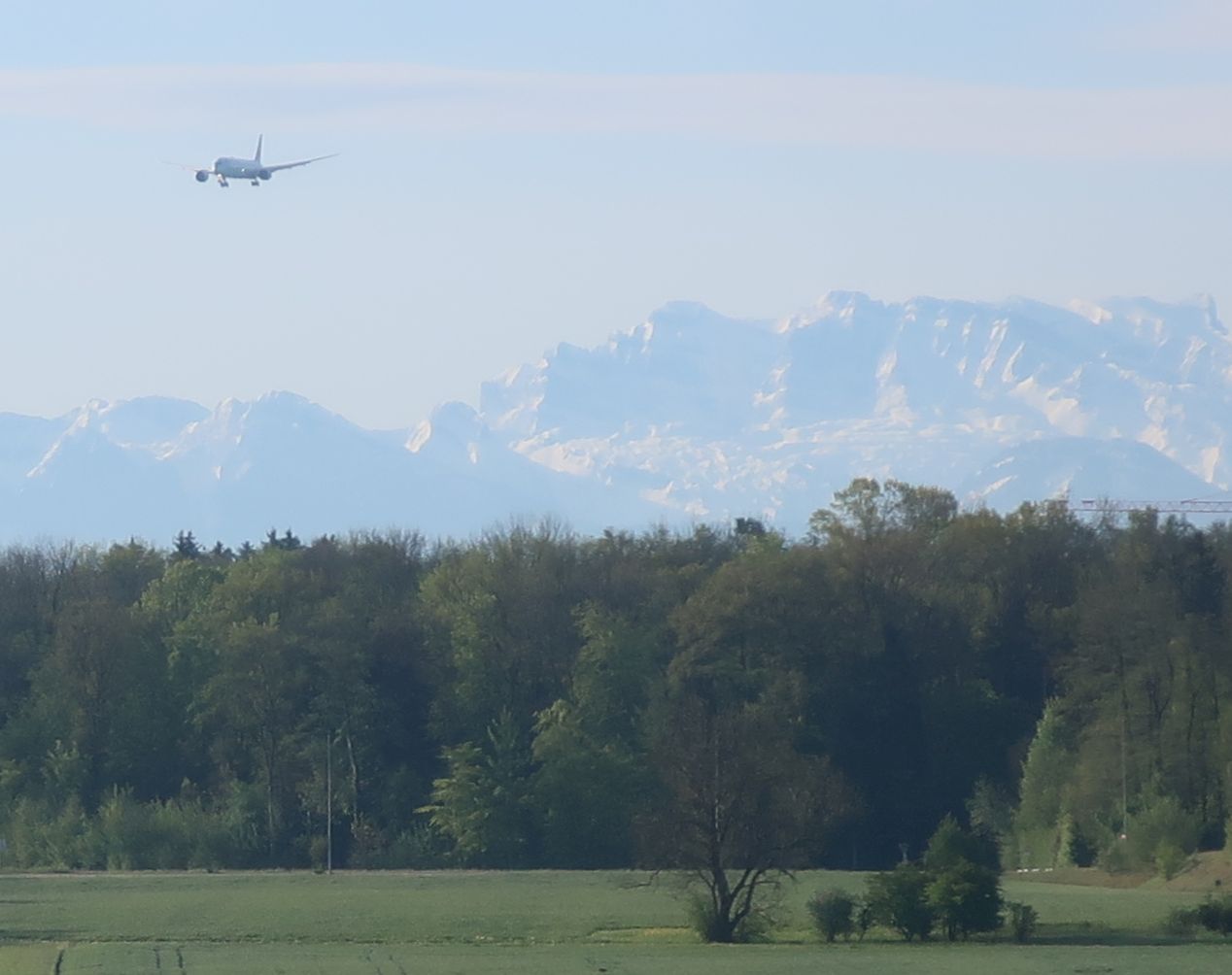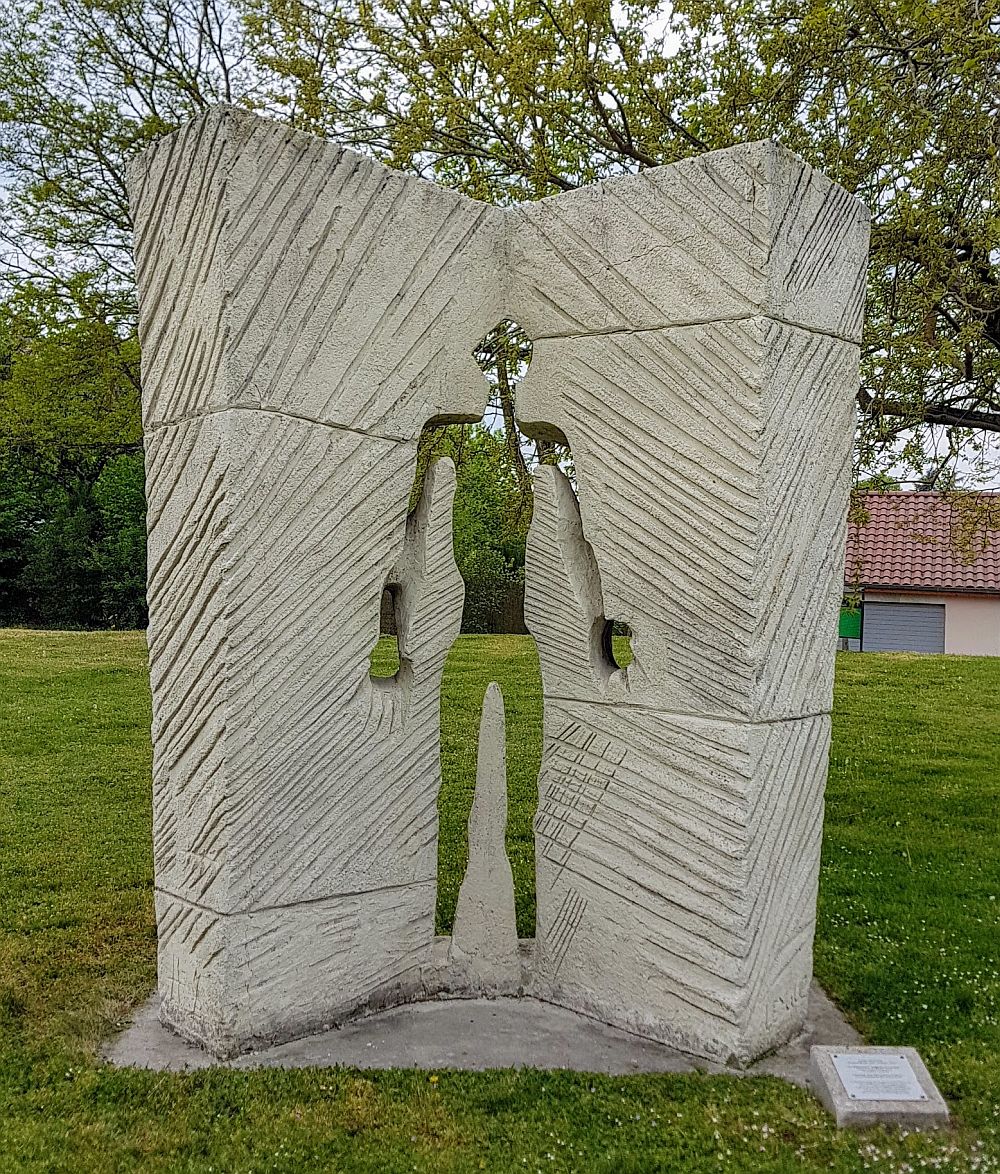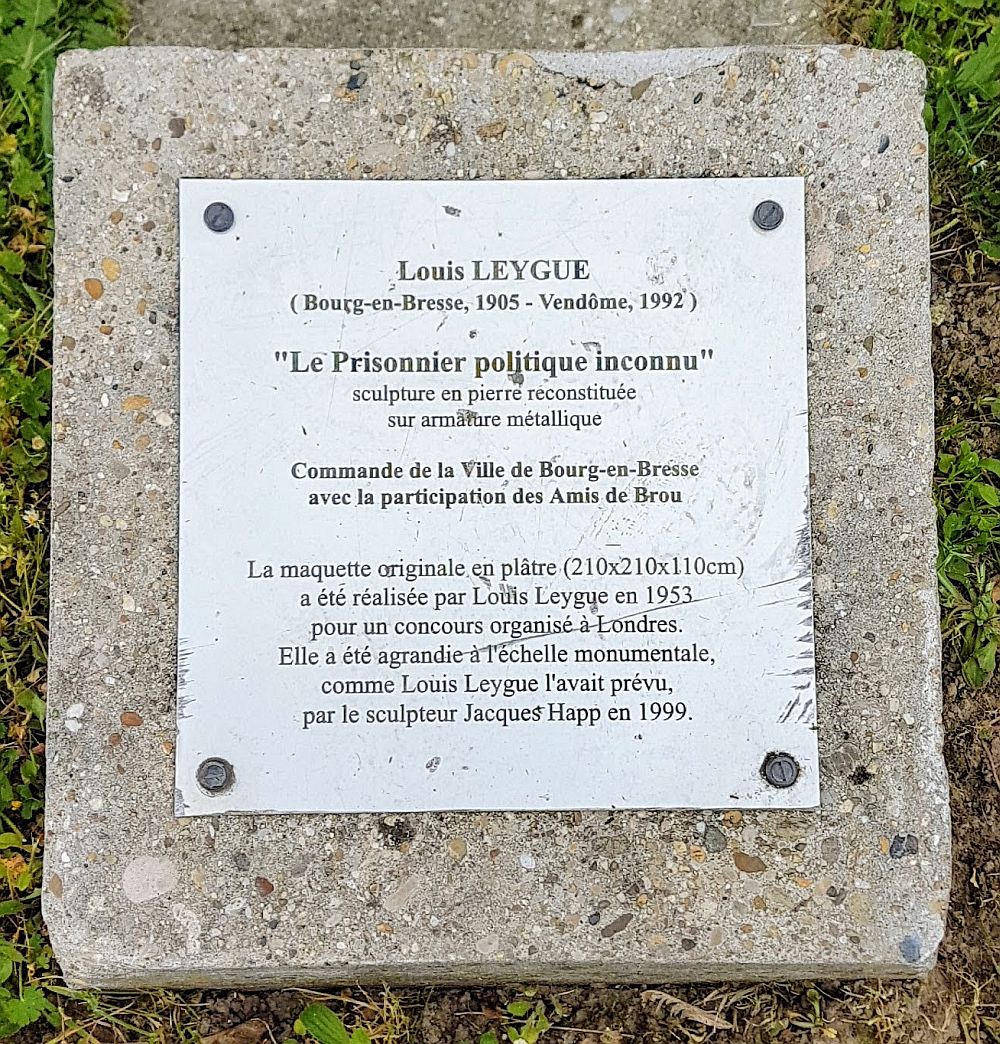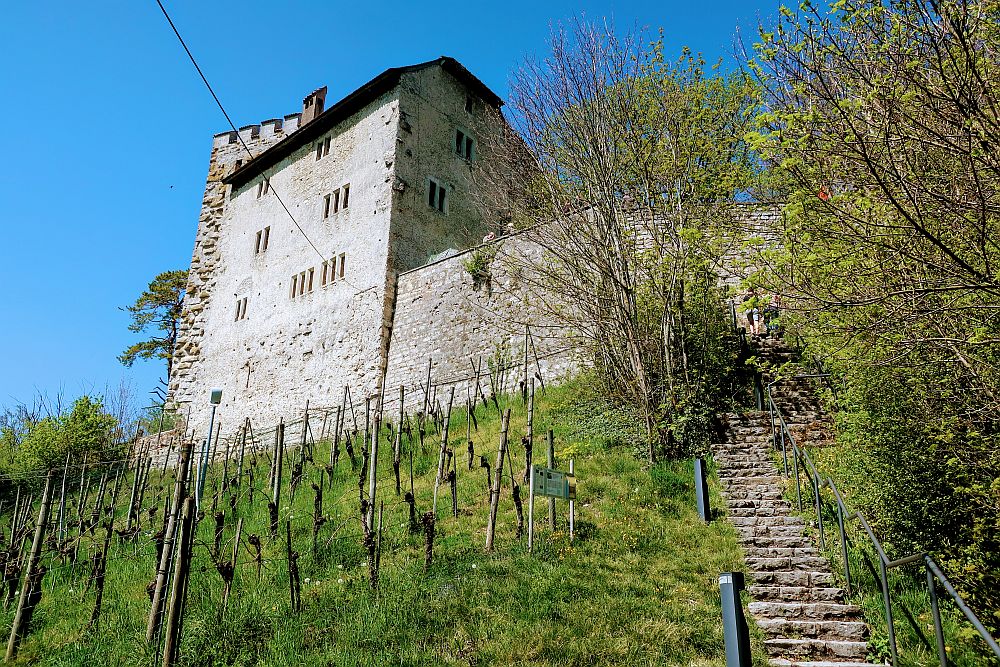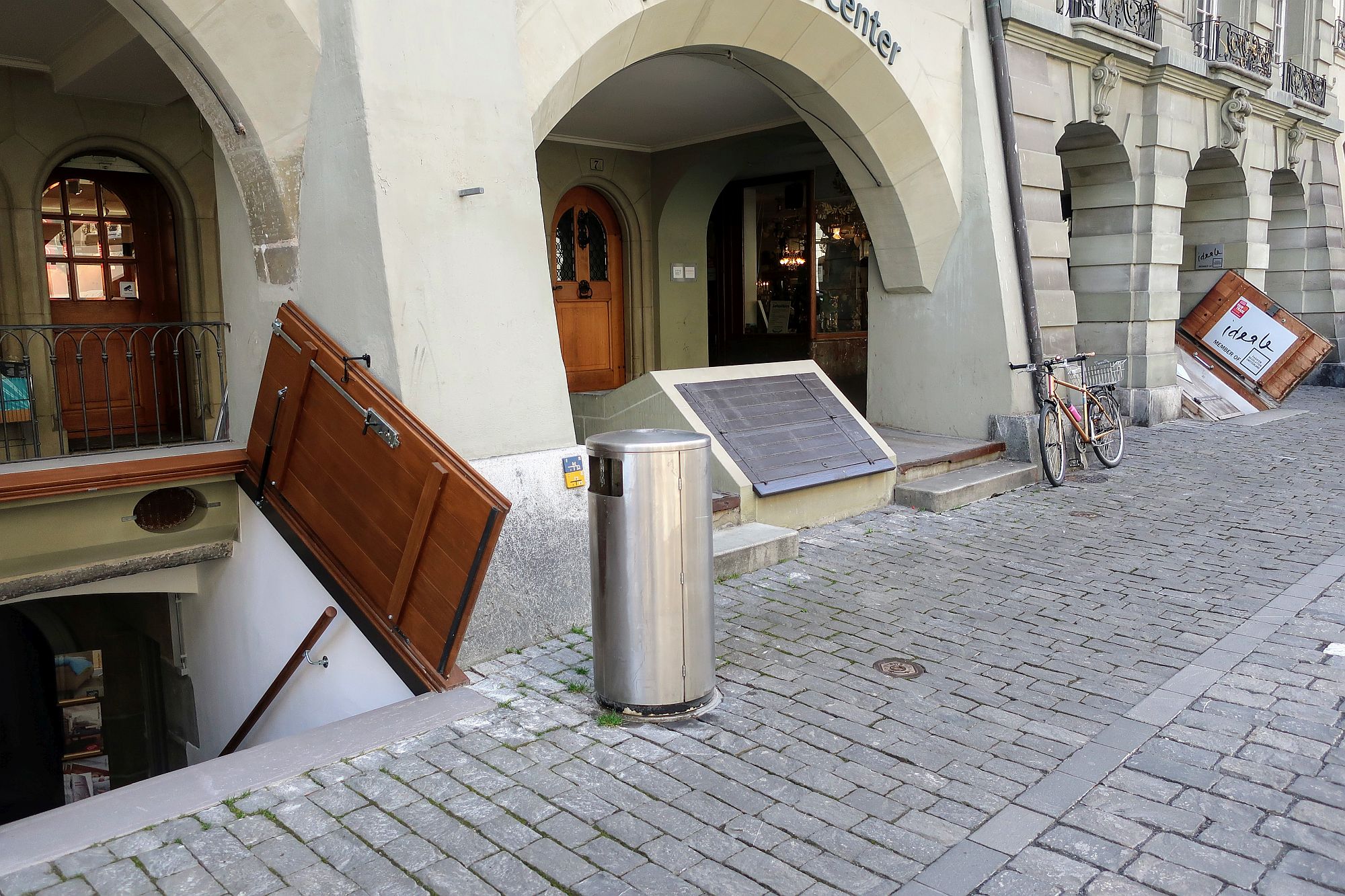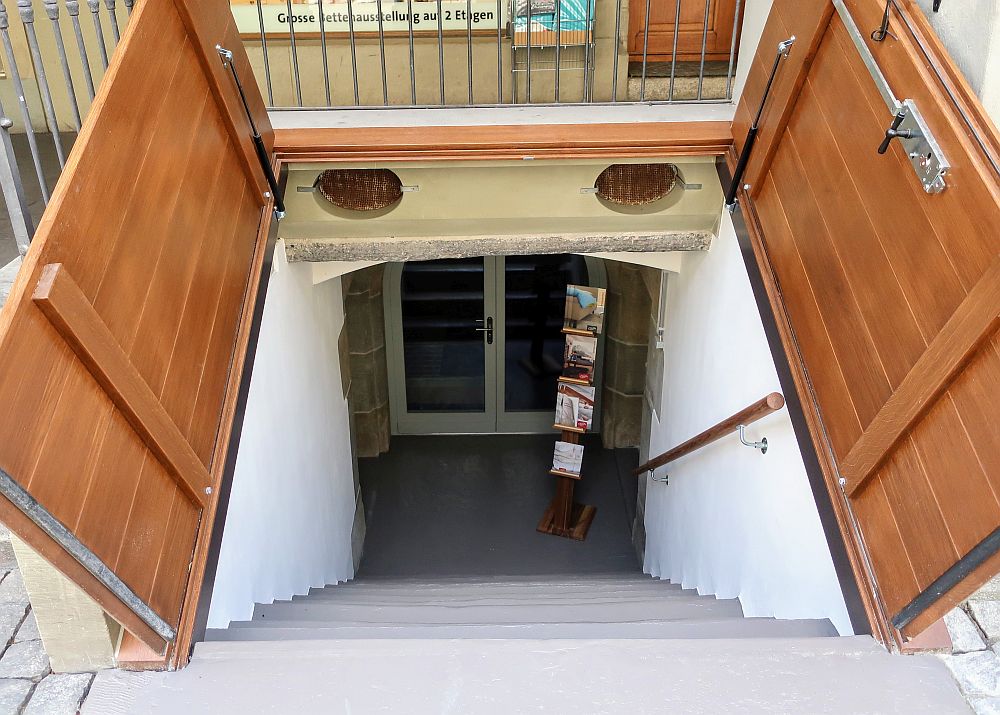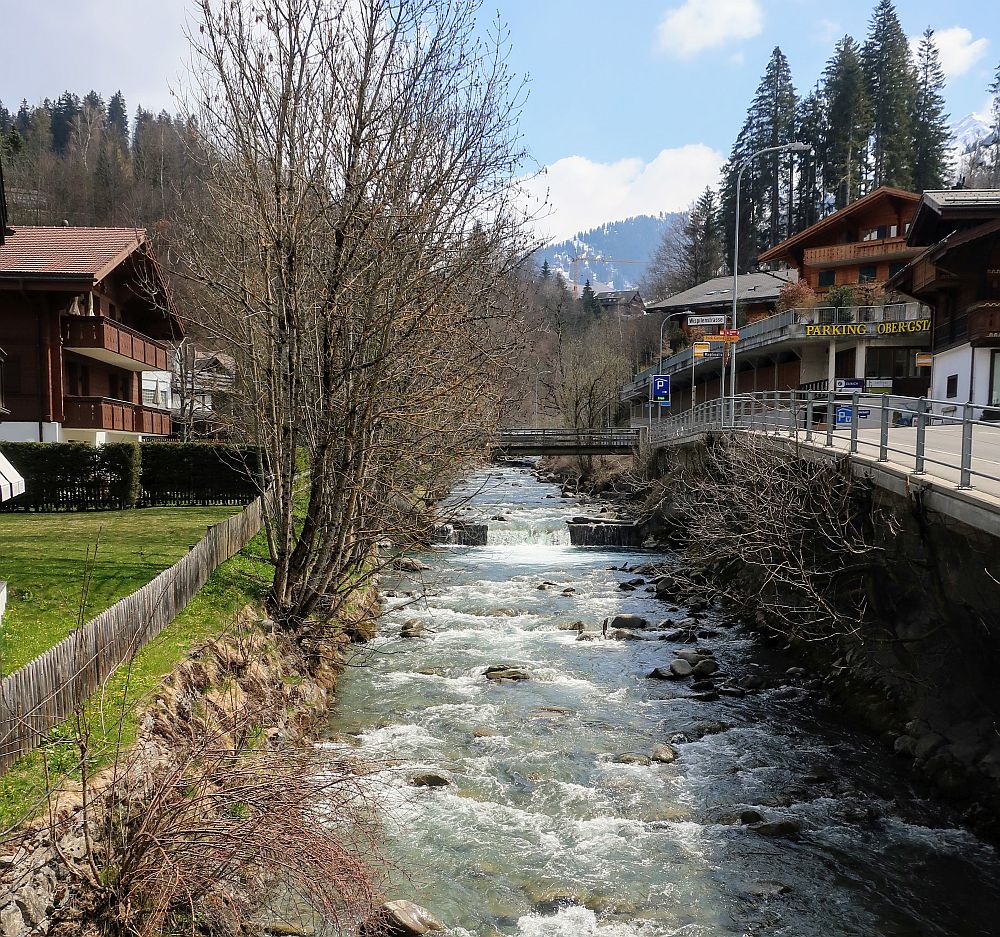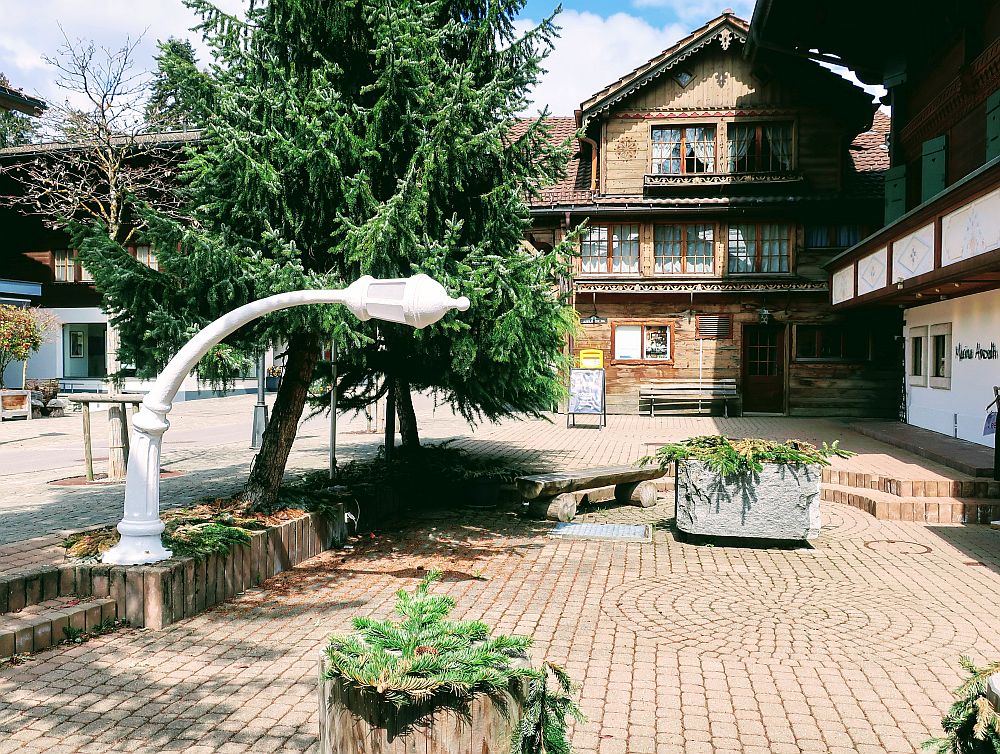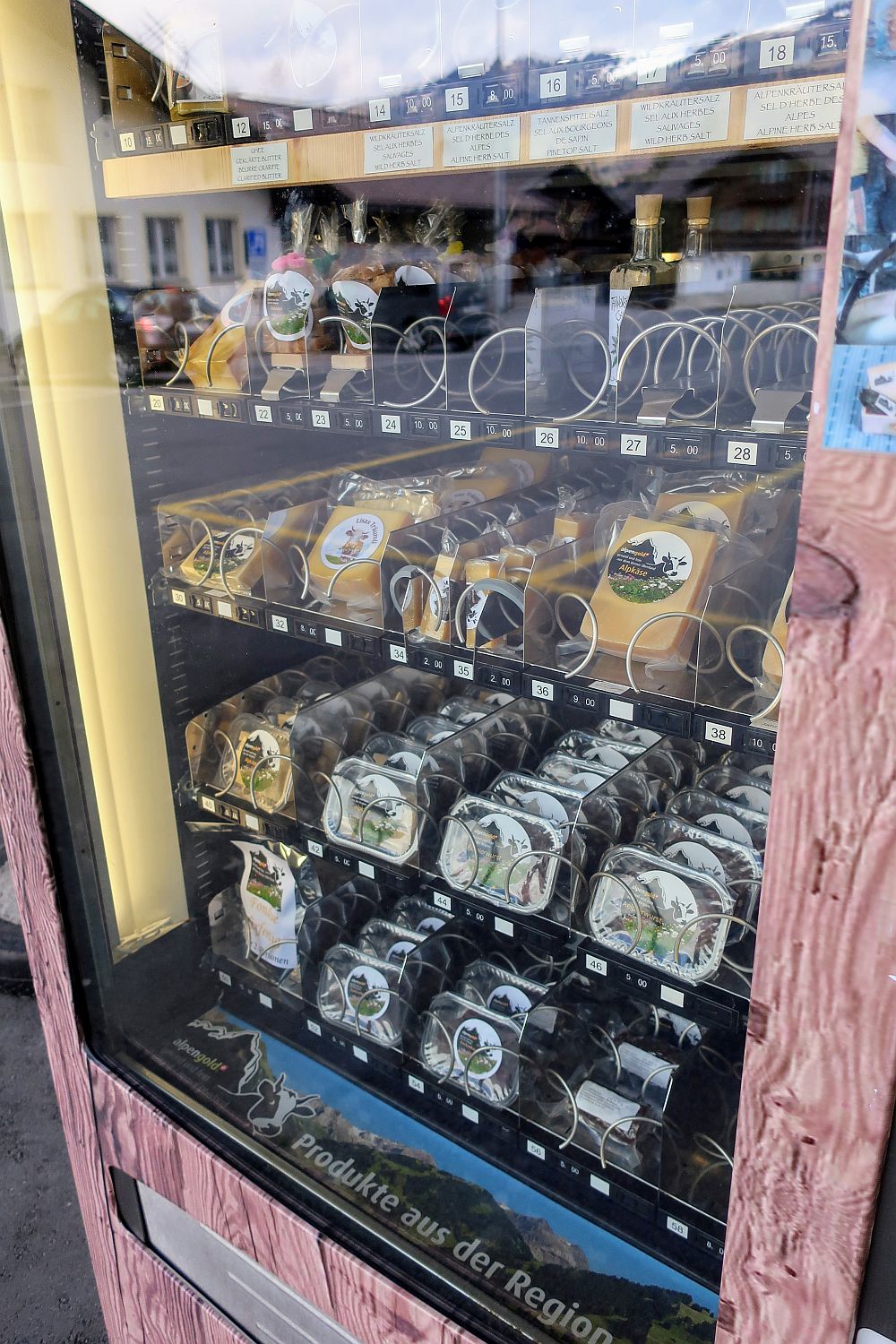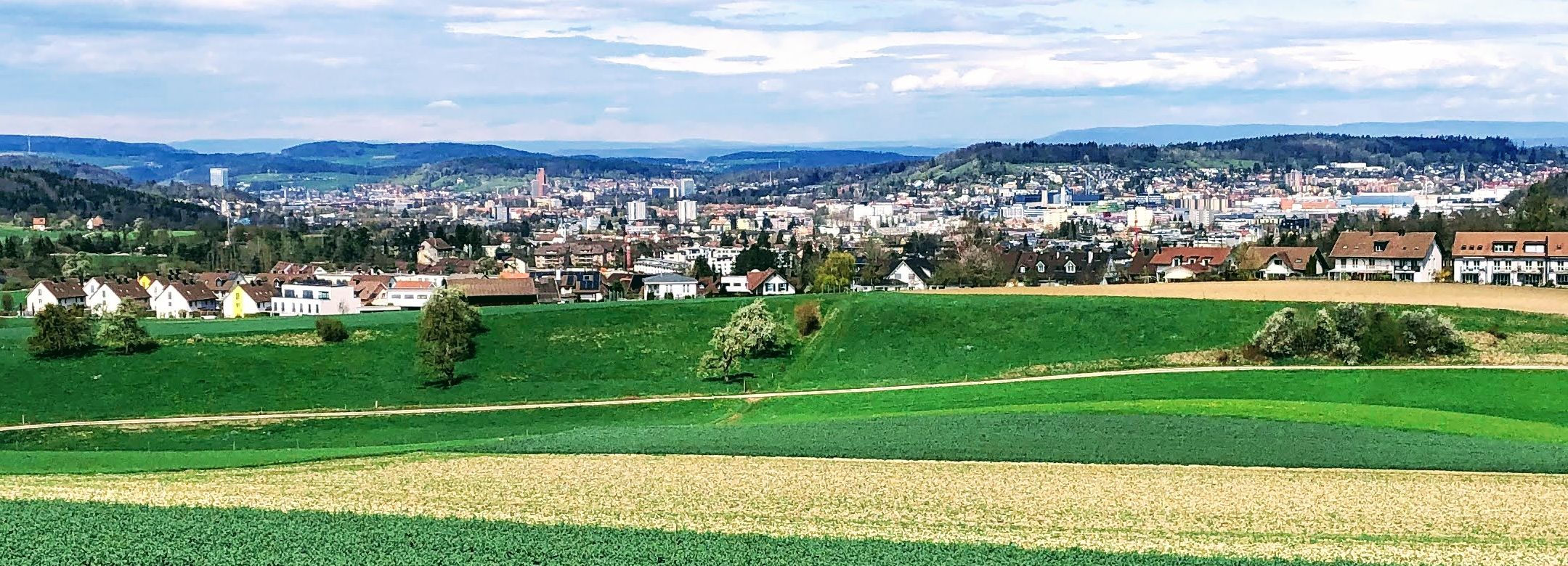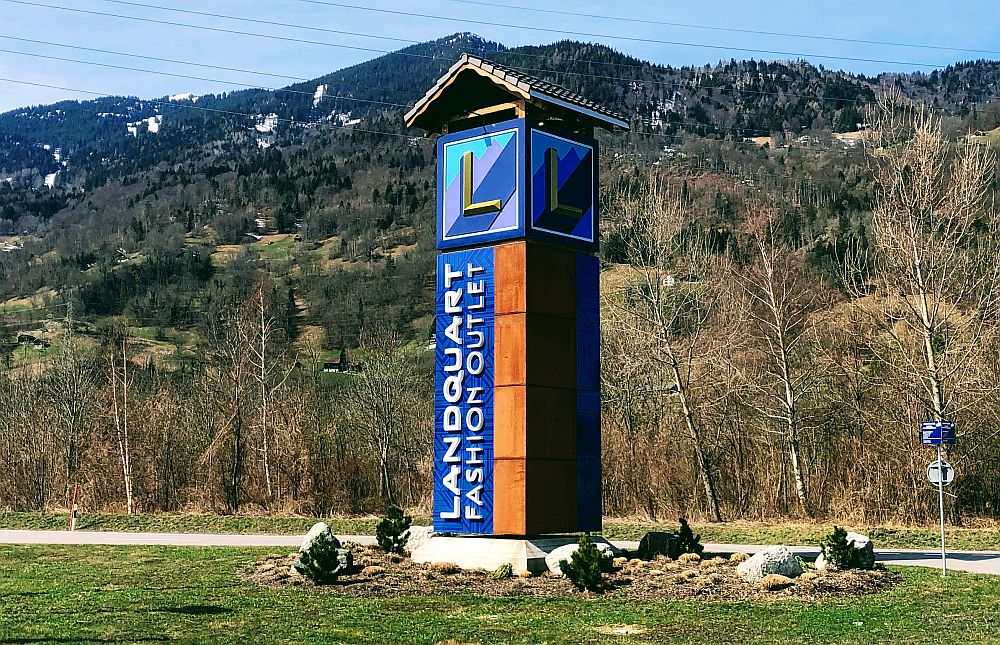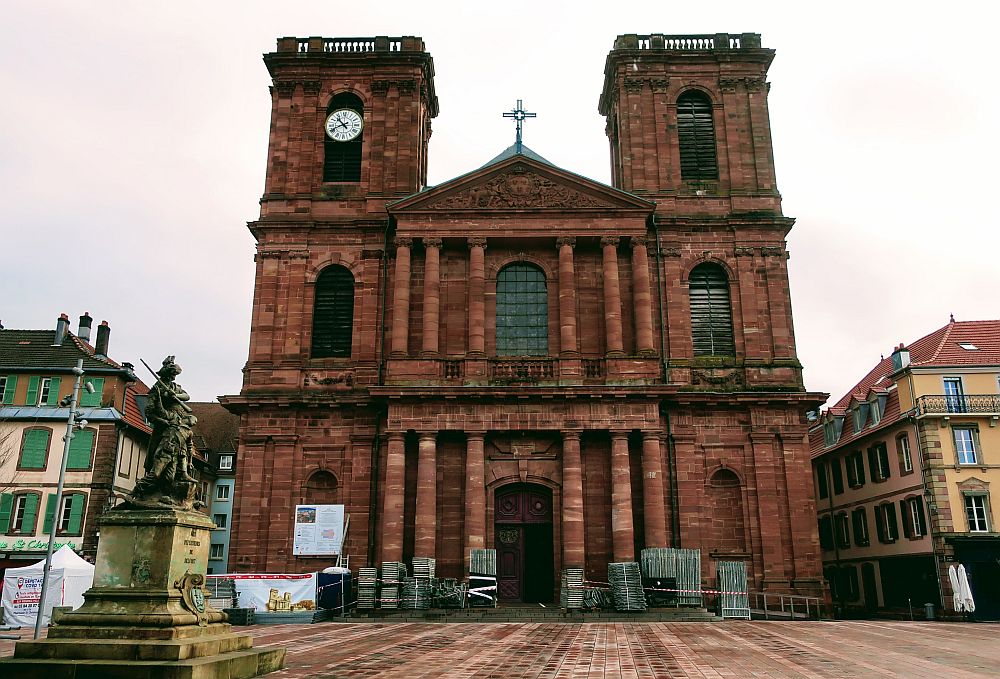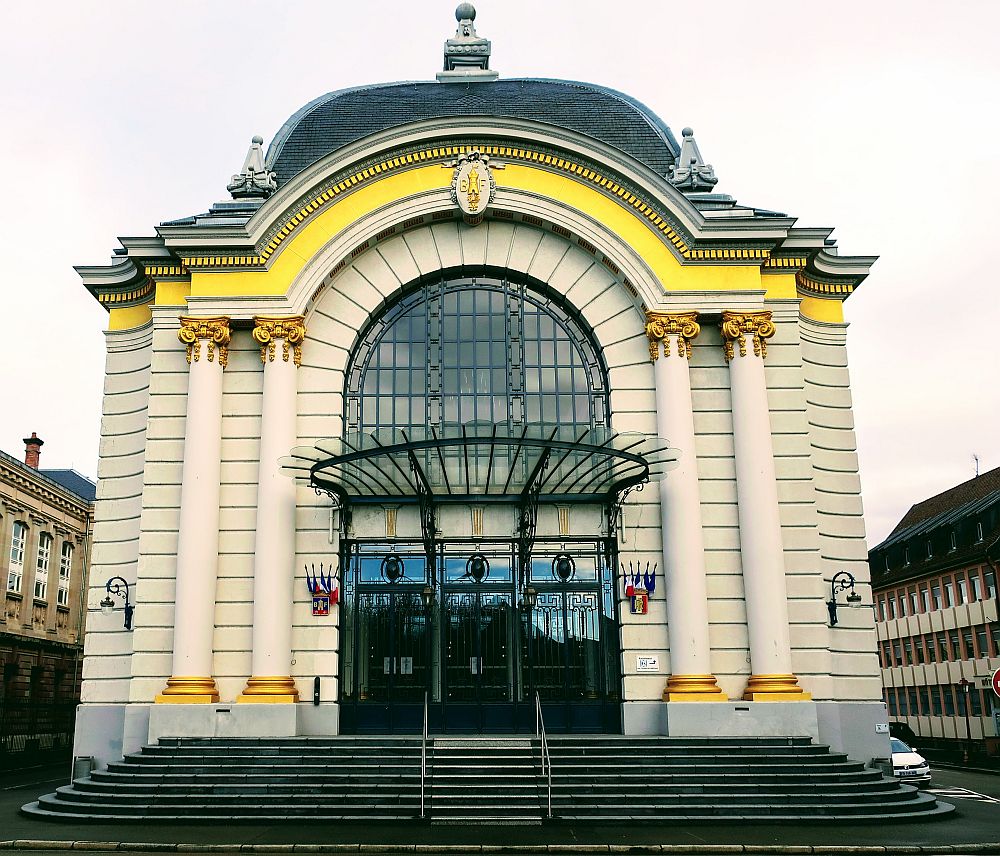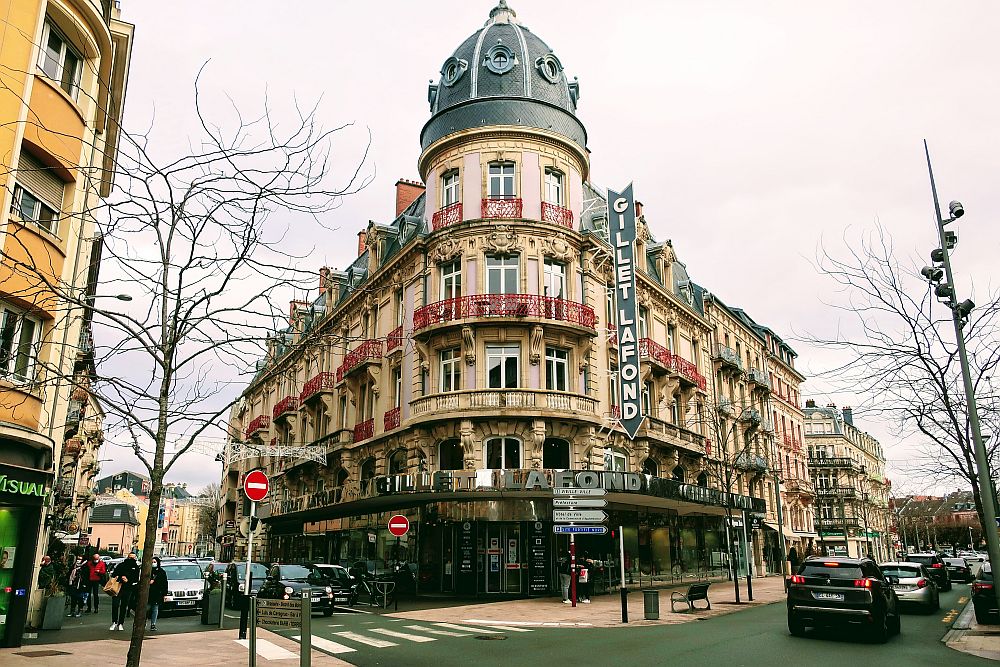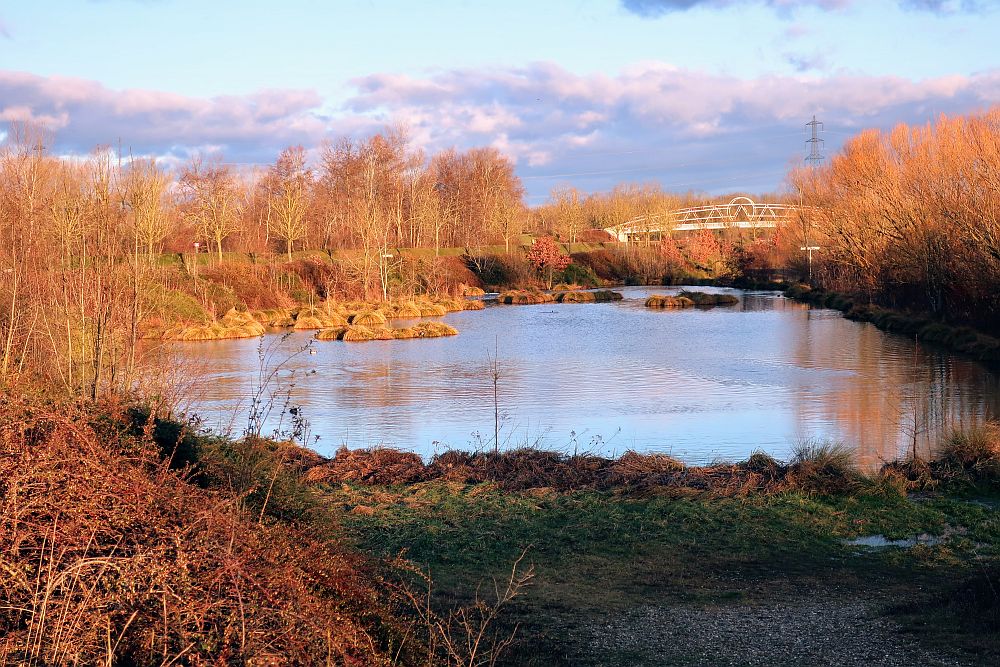Always start with the WHY.
A delicious bowl of Vietnamese beef rice-noodle soup.
Here is my first bowl of homemade beef pho, a Vietnamese soup, and it was DELICIOUS!

Like many Asian soups it’s traditionally eaten with a spoon and chopsticks, although to be honest this is a Chinese spoon and Chinese chopsticks.
But . . . how did the journey start?
Beef is expensive in Switzerland, in my view almost prohibitively so. But . . . if you are willing to buy very large portions at stores aimed at restaurateurs, you can get some terrific deals. So I started with 2.5 kg of Rinds-Entrecôte that I bought at a Swiss wholesale supermarket called Aligro, This piece cost around CHF 50, which seems like a lot of money, but I reckon I get get at least 10-12 meals from this amount, if not more, making it far less expensive than any meat I could find at the supermarket.
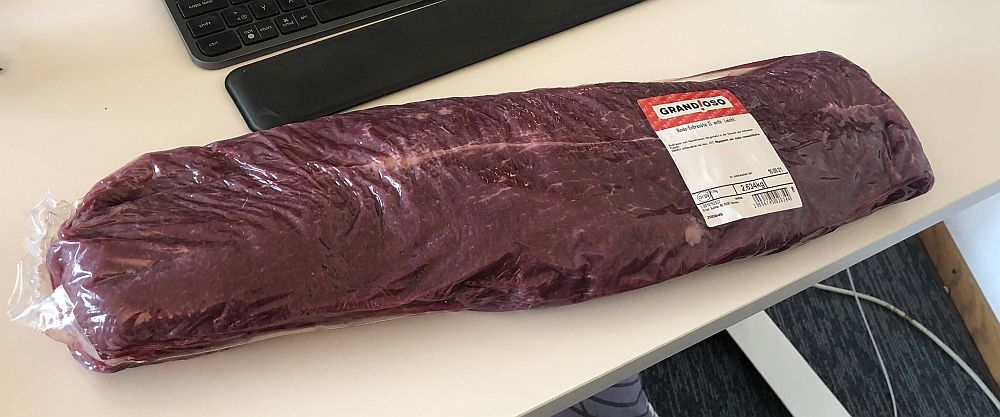
I then loaded a few thick slices of this into my new Ninja Foodie Multikocher, which is a combination air fryer, slow cooker, steamer, high pressure cooker. Since I have a small kitchen, my thinking here is that I could drastically reduce my cleaning needs – and so far, this has been indeed true. It is much easier to cook a wide range of things and clean up, than by using pots and pans and an oven, which no matter how careful I am, always seems to leave drips and drops and splatters on my cooktop.

I added water, an onion, two large broccoli stalks, plus authentic Vietnamese flavoring,

This is what it looked like after slow cooking for 12 hours.

I next assembled the ingredients – to be honest, many more ingredients than I’ve ever found when I was in Vietnam, but nevertheless tasty things:

Interestingly, the Swiss don’t have much of an appetite for some of these things, so I purchased the cilantro leaves at a Turkish supermarket, along with the exotic peppers. The rice noodles are from Thailand, not Vietnam.
And after adding them all together, we arrive back at the beginning.
A delicious bowl of Vietnamese beef rice-noodle soup.

